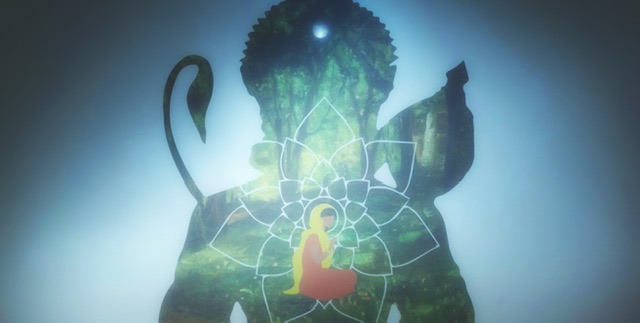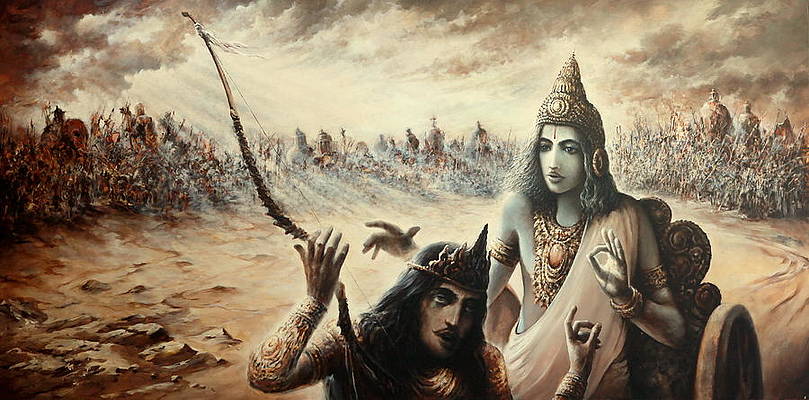Hiroshima and Nagasaki will always be remembered for being attacked by atomic bombs, fired by the US in the Second World War. These are the only events recorded till date in which nuclear weapons were used in war…or so we think!
Doctor Robert Oppenheimer, often regarded as the “father of the atomic bomb”, developed the first nuclear weapons, which were used in World War II. He was an American theoretical physicist, but a lesser known fact about him is that he was well acquainted with the ancient vedic texts and often quoted from the Bhagavad Gita. He always gave the book (Bhagavad Gita) as a present to his friends and is known to have kept a copy on the shelf closest to his desk.
On being questioned about whether these bombs were the first to be detonated, his response was simple and unambiguous, he said, “Well yes, in modern times, of course.” His statement was aimed at the subsequence of the atomic blasts in 1945 to earlier such explosions in the past.
It is interesting to note that there is still no certainty regarding the reasons for collapse of Harappa and Mohenjo-daro from the Indus Valley civilization which existed in the north-west region of India. Practically nothing is known of their histories, except that both were destroyed suddenly.
Excavations at the street level revealed scattered skeletons, as if doom had come so suddenly that they could not get to their houses. All the skeletons were flattened to the ground. A father, mother and child were found flattened in the street, face down and still holding hands. People were just lying, unburied, in the streets of the city. What could cause such a thing? Why did the bodies not decay or get eaten by wild animals?
These skeletons from the Indus Valley are over thousands of years old but still show radioactivity which is 50 times greater than the remains found in Hiroshima and Nagasaki! Huge masses of walls and foundations of the ancient city were fused together, literally vitrified! In an epicenter 150-feet-wide in Mohenjo-daro, everything was crystallised, fused or melted; 180 feet from the centre the bricks are melted on one side, indicating a blast.
There is no indication of a volcanic eruption at Mohenjo-daro, the intense heat required to melt the city walls can only be explained by an atomic blast. The skeletons have been carbon-dated to 2500 BC but we must note that carbon-dating involves measuring the amount of radiation which is left. When atomic explosions are involved, it makes the skeletons seem much younger!
The great epic Mahabharata describes a nuclear explosion when it says, “An incandescent column of smoke and flame, as bright as ten thousand suns, rose with all its splendour.” David Childress cites another evidence for earlier nuclear war in the form of 2,154-metre-diameter crater at Lonar near Mumbai which dates back to around 50,000 years.
All these lead one to believe that our ancients, in fact, knew the science of nuclear warfare and that the nuclear bomb is not a recent discovery. Nuclear physics is just one of the many modern sciences which can be traced back to the Vedas. It is about time we discard the foolish notion that our ancestors were apes and take a plunge into their phenomenal arts and sciences.





